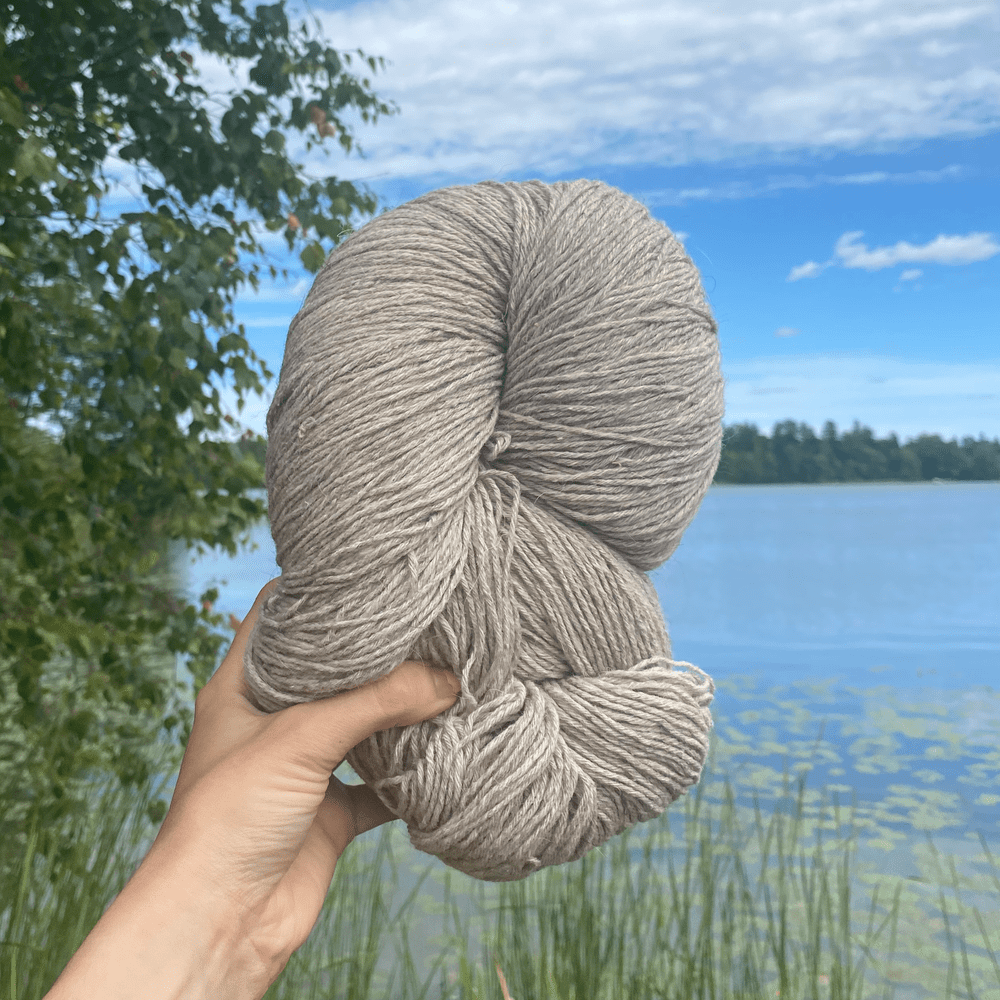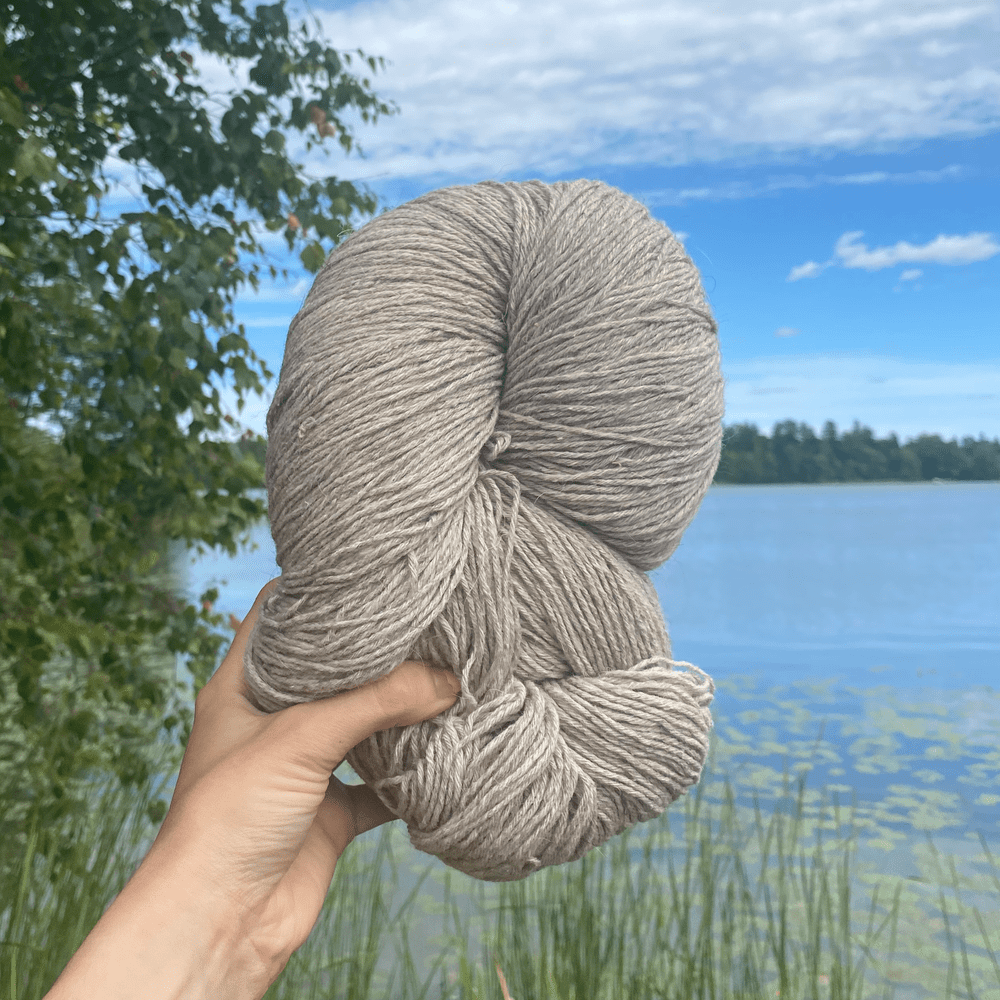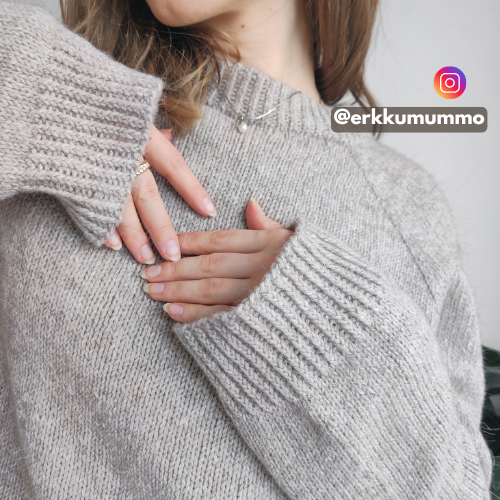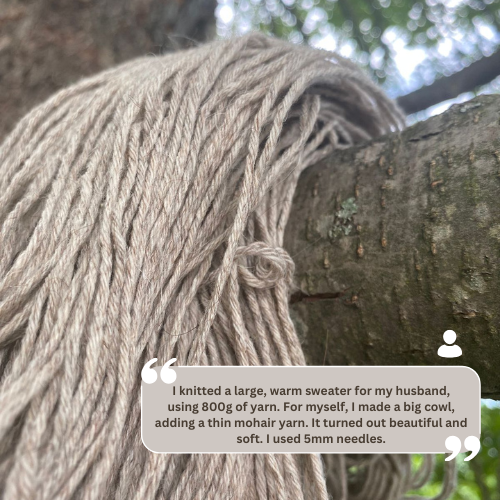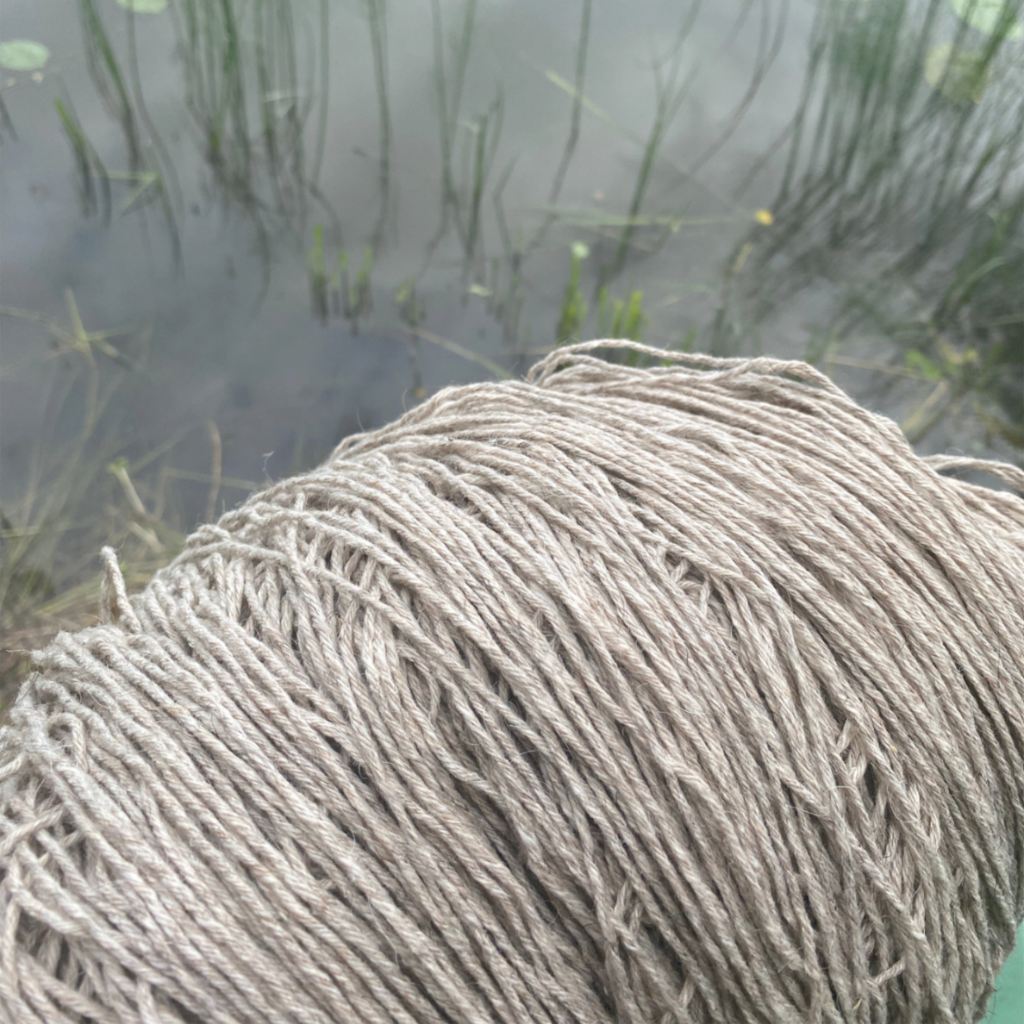
The Tradition of Knitting in Finland: From Sami Culture to Modern Times
Knitting holds a special place in Finland's cultural heritage. From the northern regions influenced by Sami traditions to the evolving practices in modern times, the art of knitting has been a significant part of Finnish life. This blog post delves into the history of knitting in Finland, exploring its roots, evolution, and the cultural influences that have shaped it.
- Knitting in Sami Culture The indigenous Sami people, who inhabit northern Finland, have a rich tradition of crafting with wool. While knitting as we know it today was introduced to the region later, the Sami were already skilled in creating warm, durable clothing to withstand the harsh Arctic climate. Traditional Sami clothing often included woven and felted wool garments, with intricate patterns that reflected their cultural identity. When knitting arrived, it quickly became integrated into Sami textile traditions, particularly in the making of mittens and socks.
- The Spread of Knitting Across Finland Knitting became widespread in Finland during the 17th century, brought by Swedish settlers and further spread by trade routes. By the 18th century, knitting was a common household activity, particularly among women. It served both practical and decorative purposes, with families crafting socks, mittens, and other garments necessary for surviving Finland’s cold winters. The tradition of knitting also became a way for women to express creativity through patterns and designs unique to different regions.
- Regional Variations and Influences Different regions of Finland developed their own distinctive knitting styles and patterns. For example, the Ostrobothnia region became known for its vibrant, multicolored mittens, while the coastal areas, influenced by maritime trade, incorporated foreign patterns and techniques. The Finnish archipelago also contributed unique lace knitting patterns, which were often used in shawls and decorative garments.
- Knitting in Modern Finland In the 20th and 21st centuries, knitting experienced a revival as a hobby and art form in Finland. It has become a way to connect with Finnish heritage, and many traditional patterns are being rediscovered and celebrated. Today, knitting is not only a practical craft but also a symbol of Finnish resilience, creativity, and connection to nature. Contemporary Finnish designers and artisans often incorporate traditional knitting techniques into modern fashion, bridging the gap between old and new.
Conclusion: Knitting in Finland is more than just a craft; it's a living tradition that reflects the country's history, culture, and adaptability. From the Sami people to modern knitters, the art of knitting continues to evolve, preserving the past while embracing the future. Whether you are a seasoned knitter or a beginner, understanding the rich history of knitting in Finland can add depth and meaning to your projects.
Don't miss our post about llama wool! Click here to read it.







